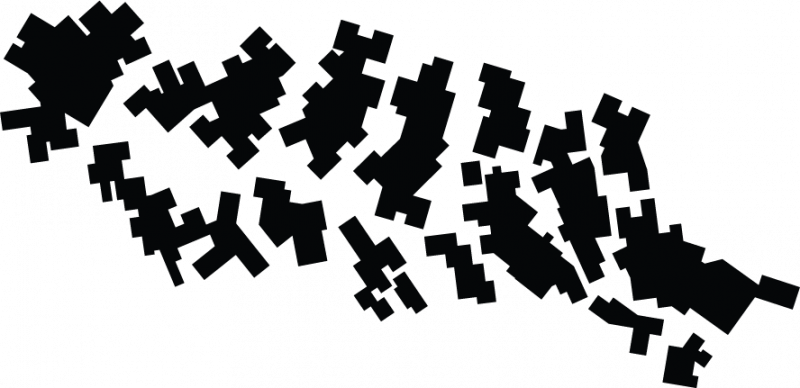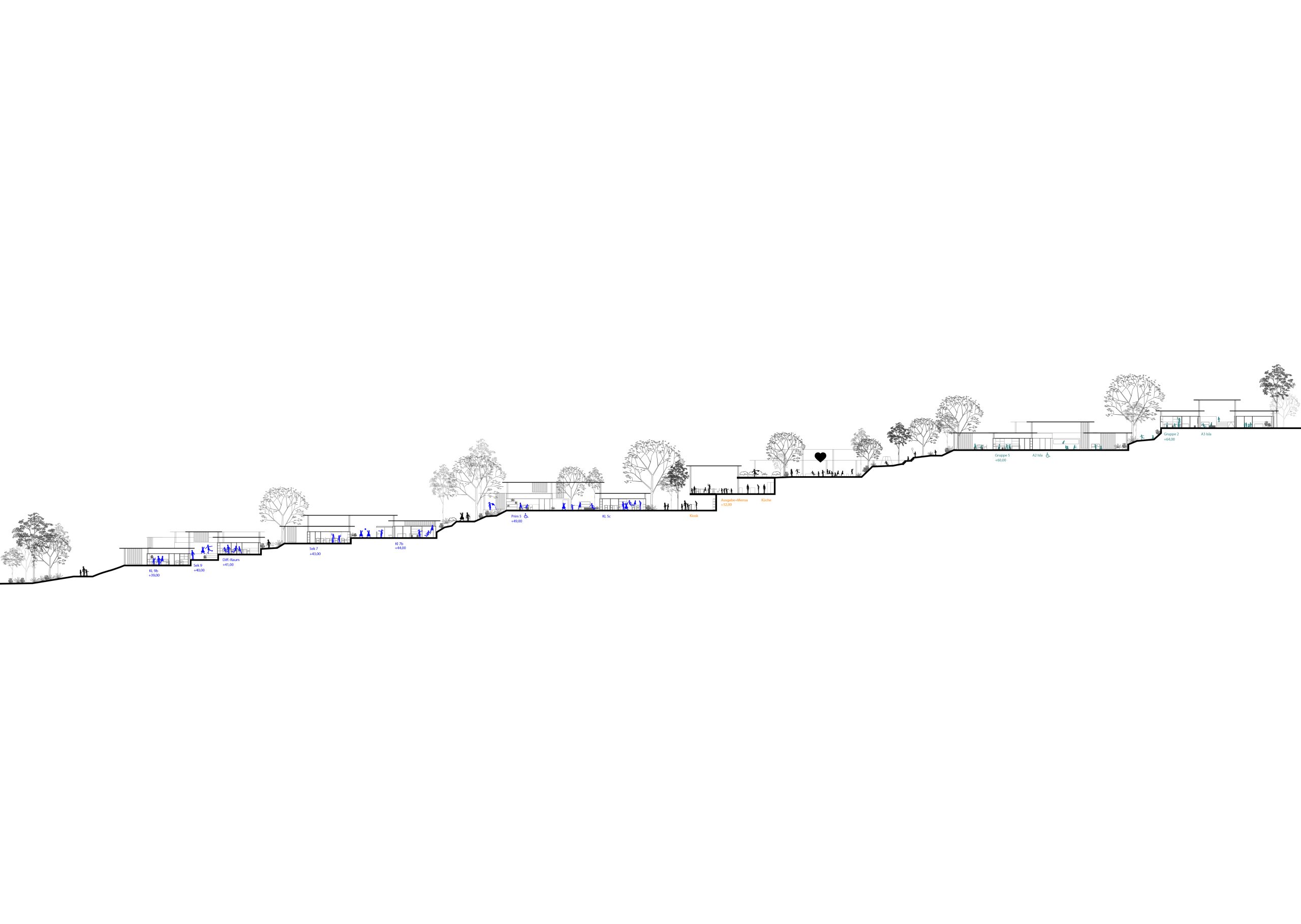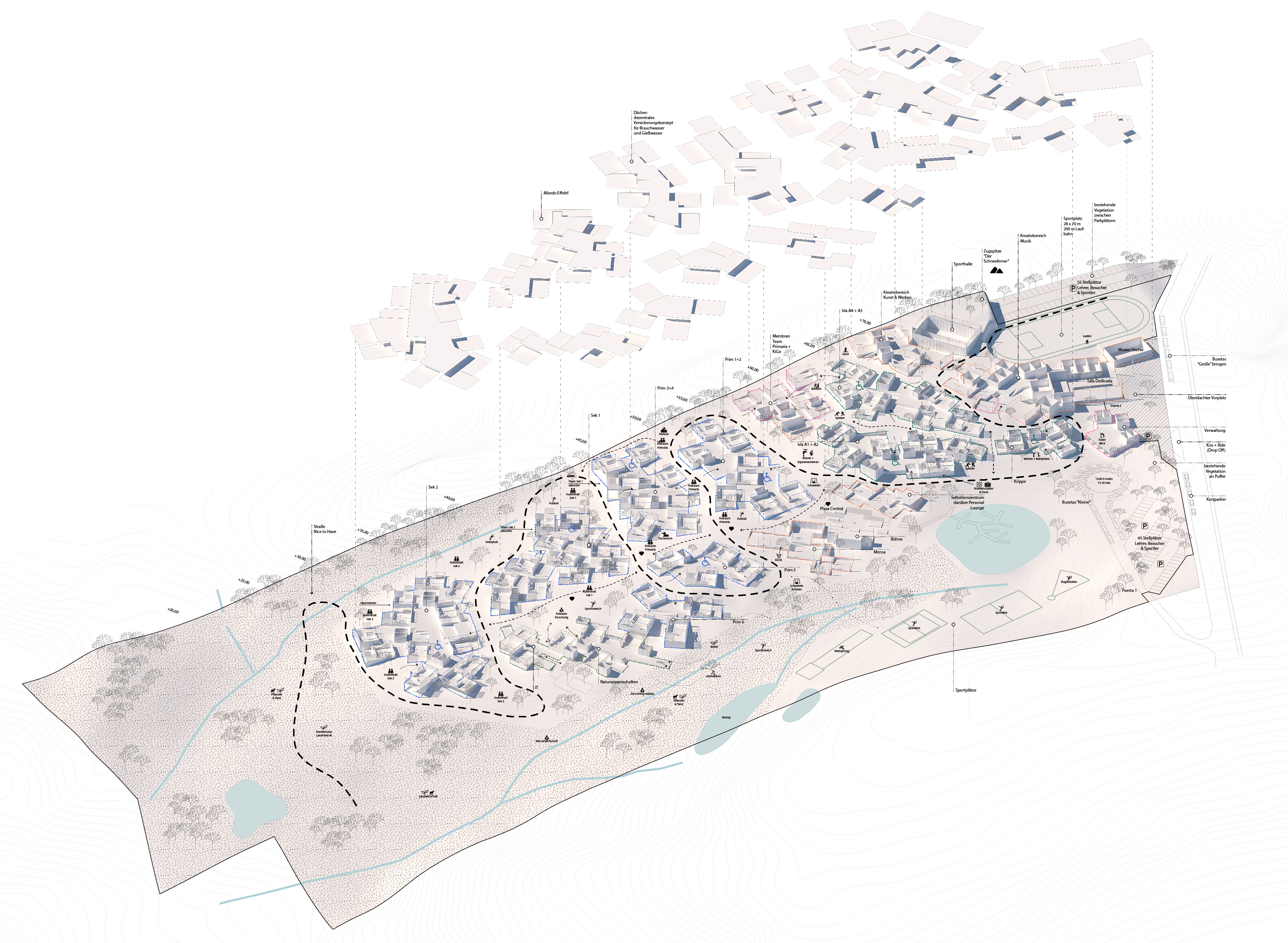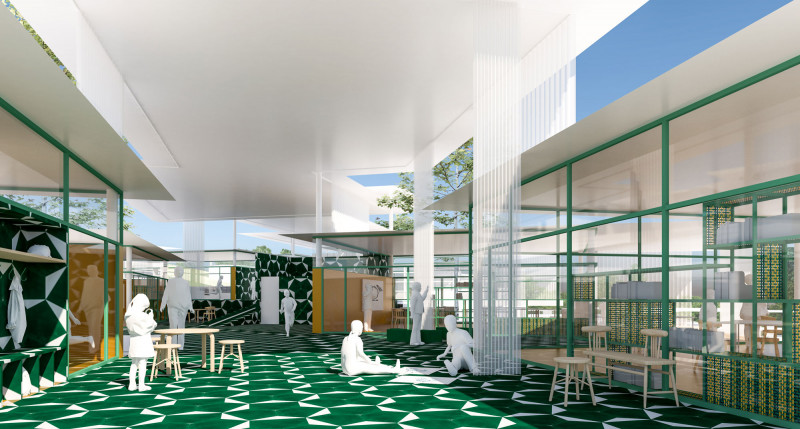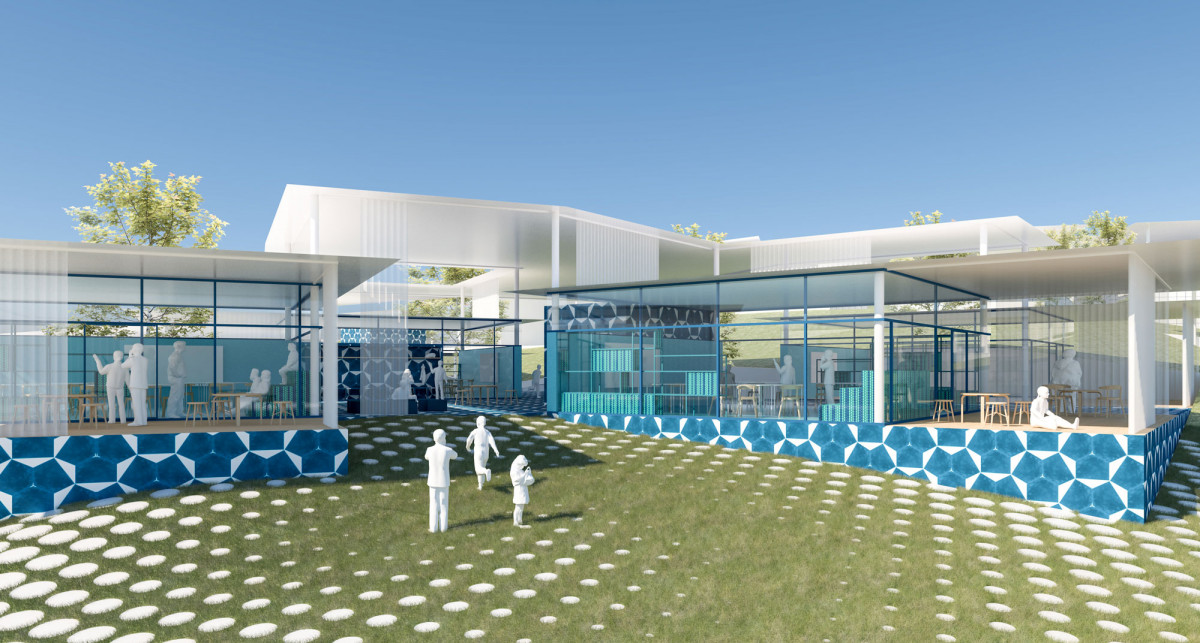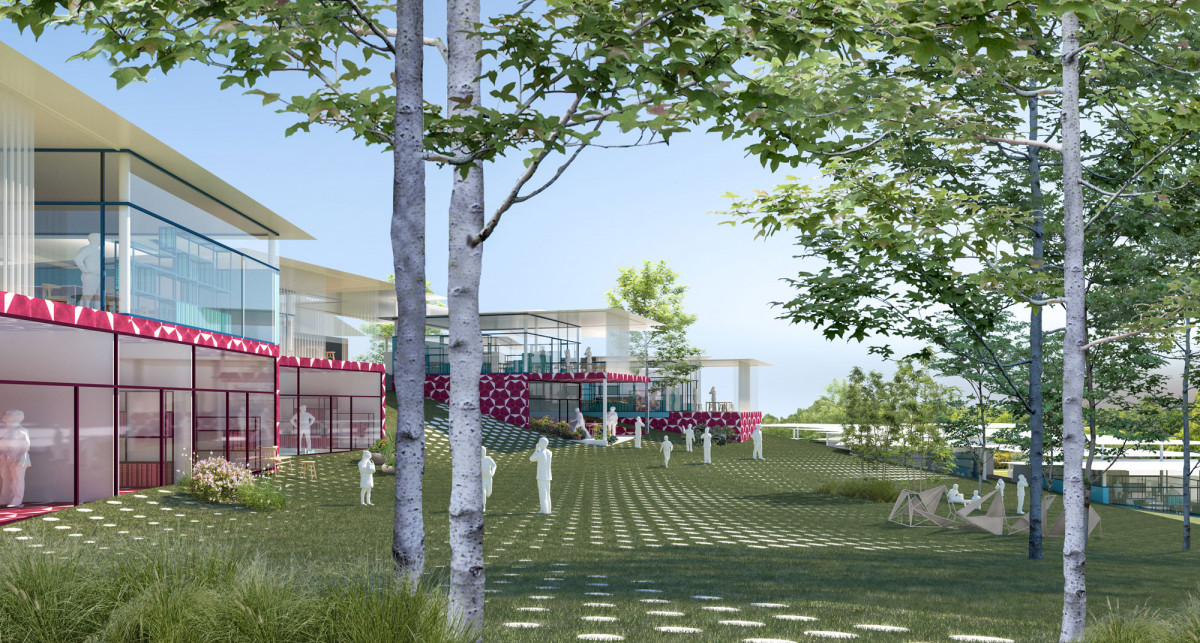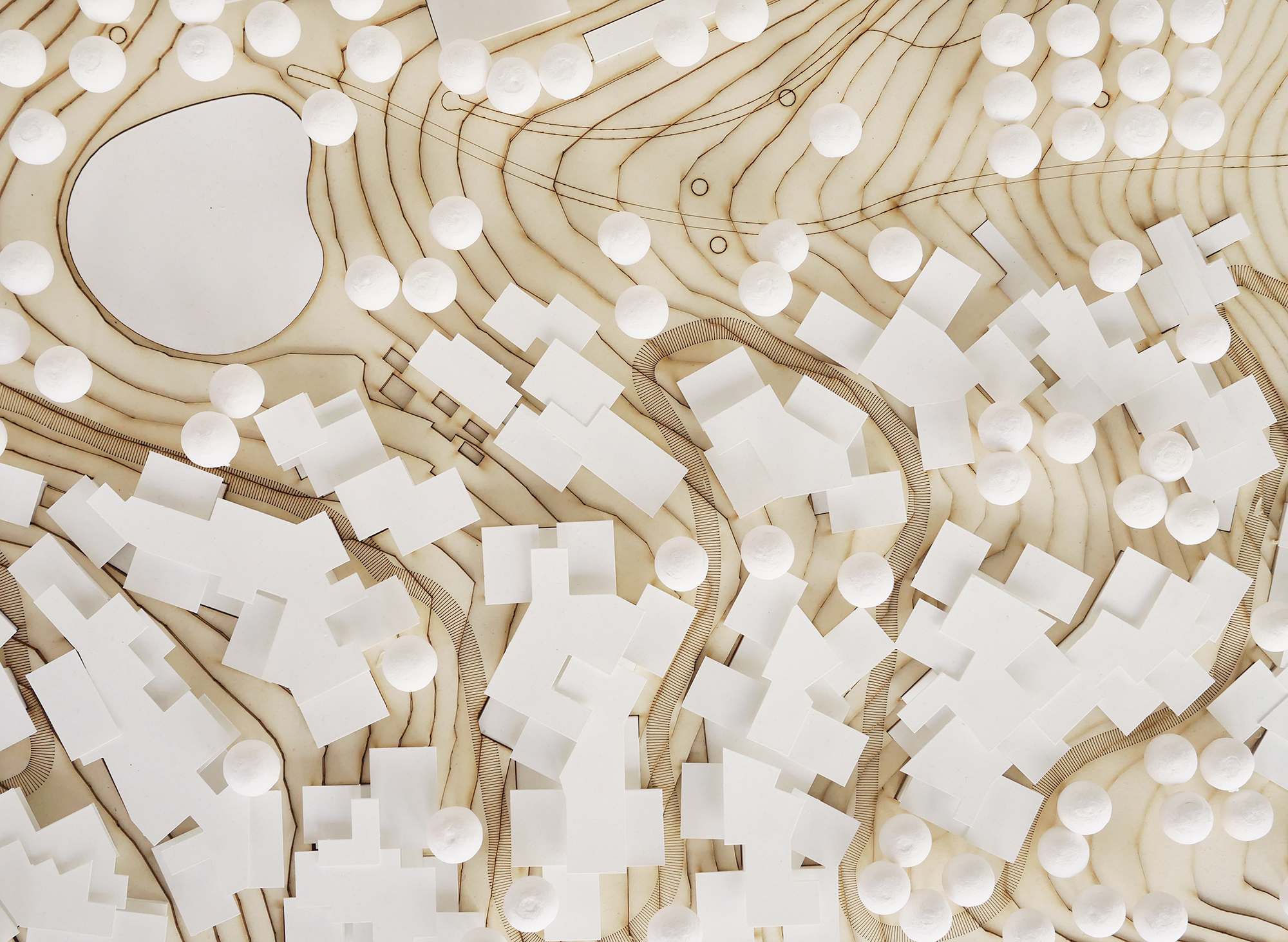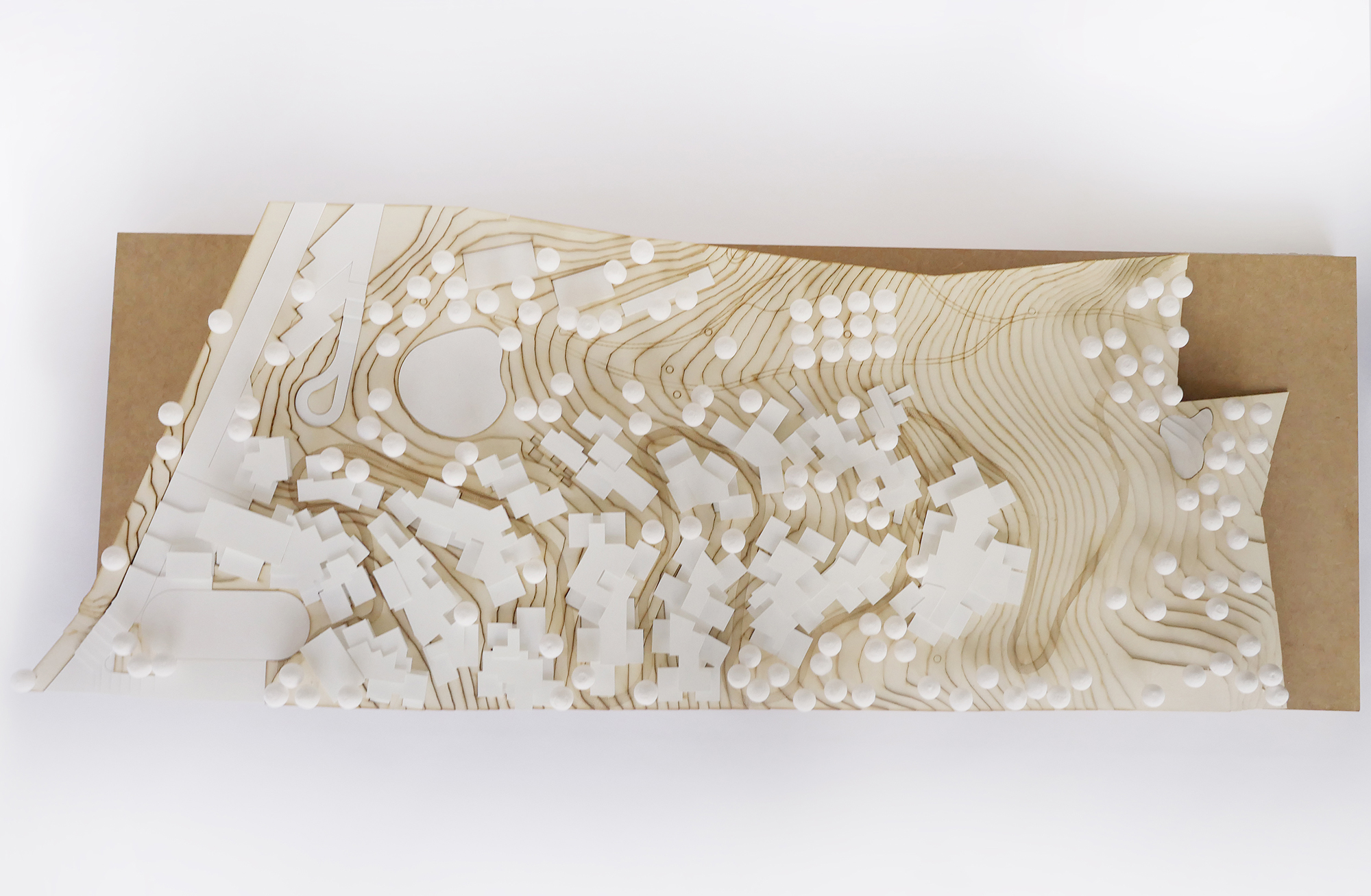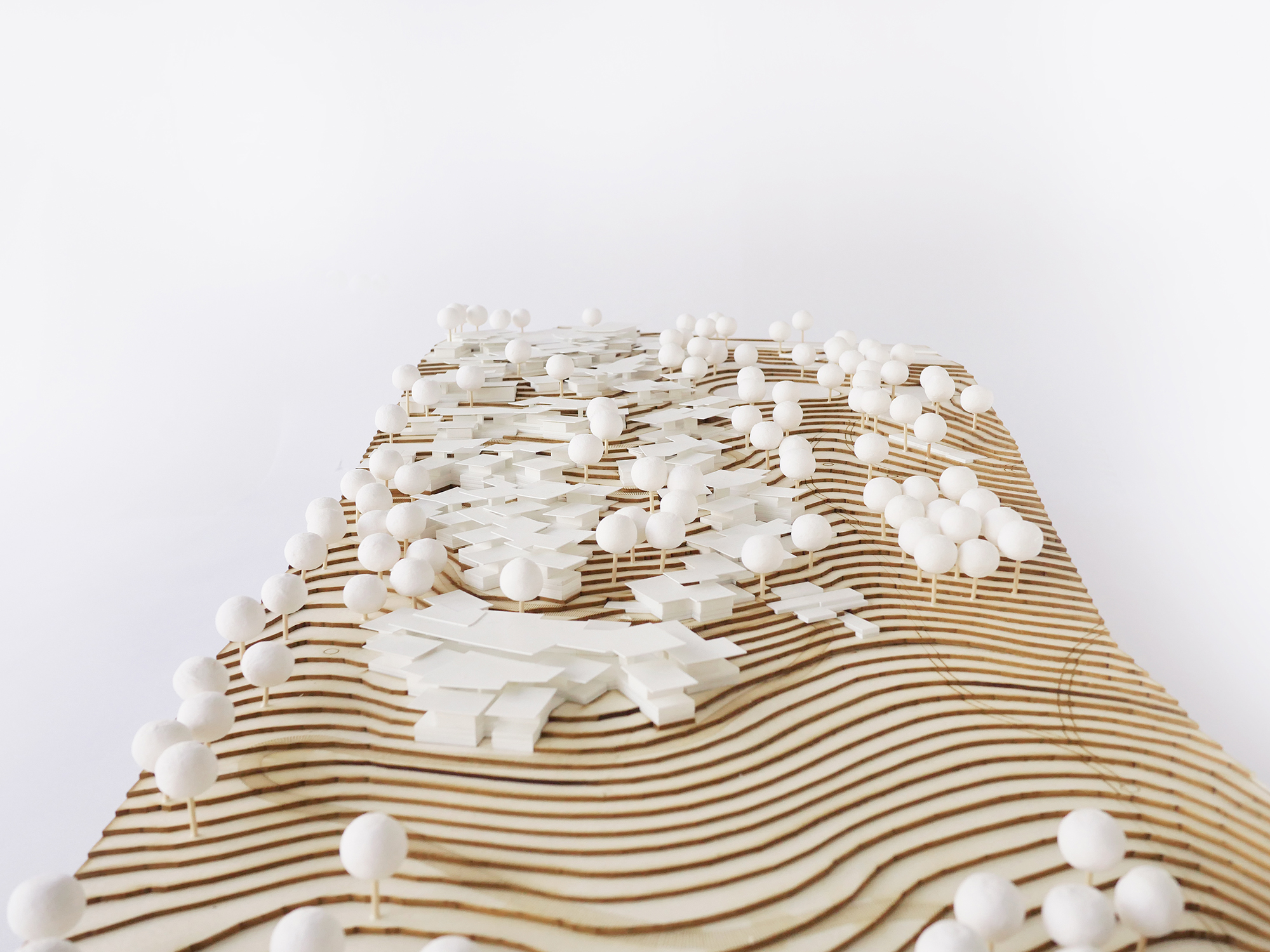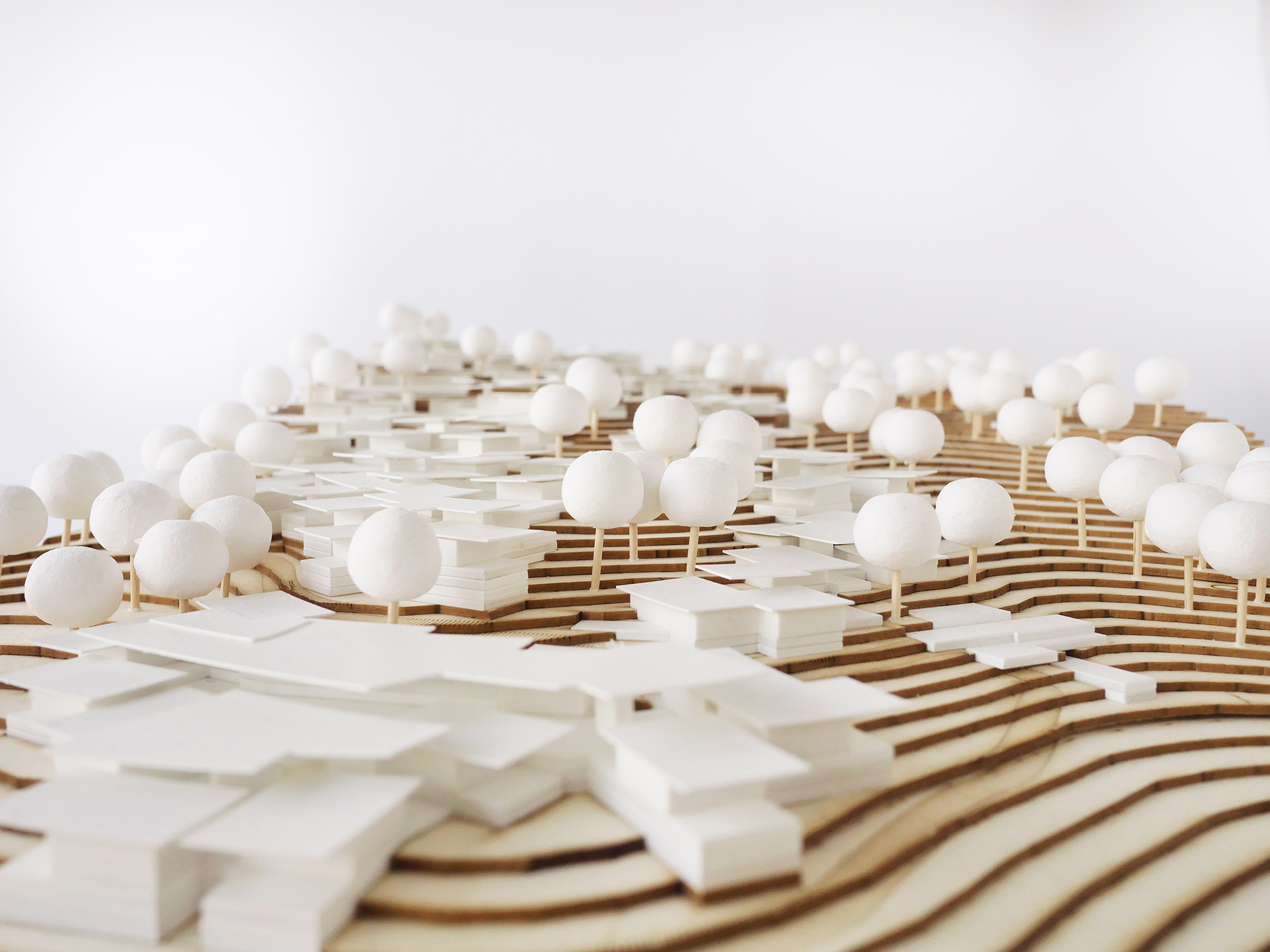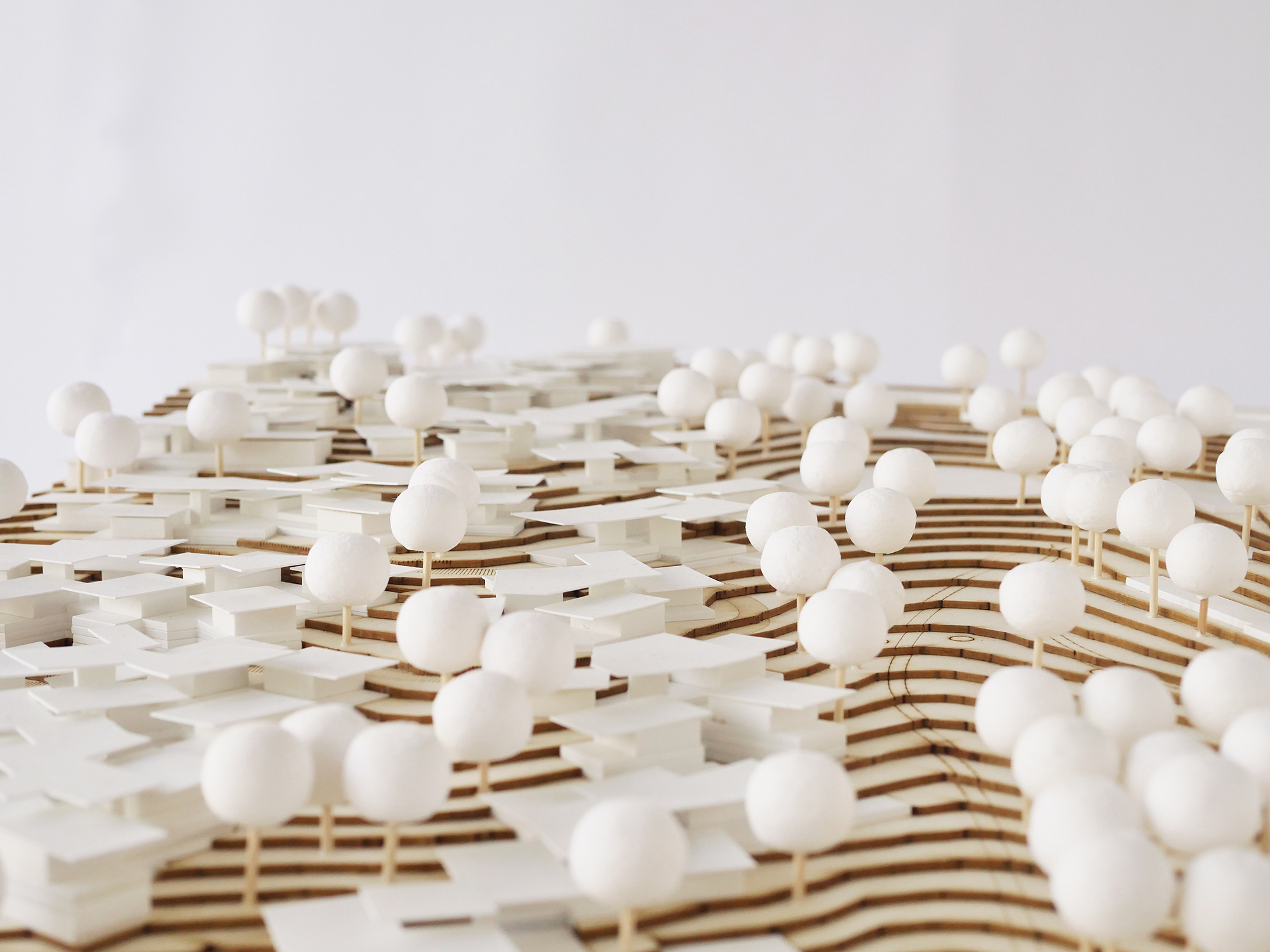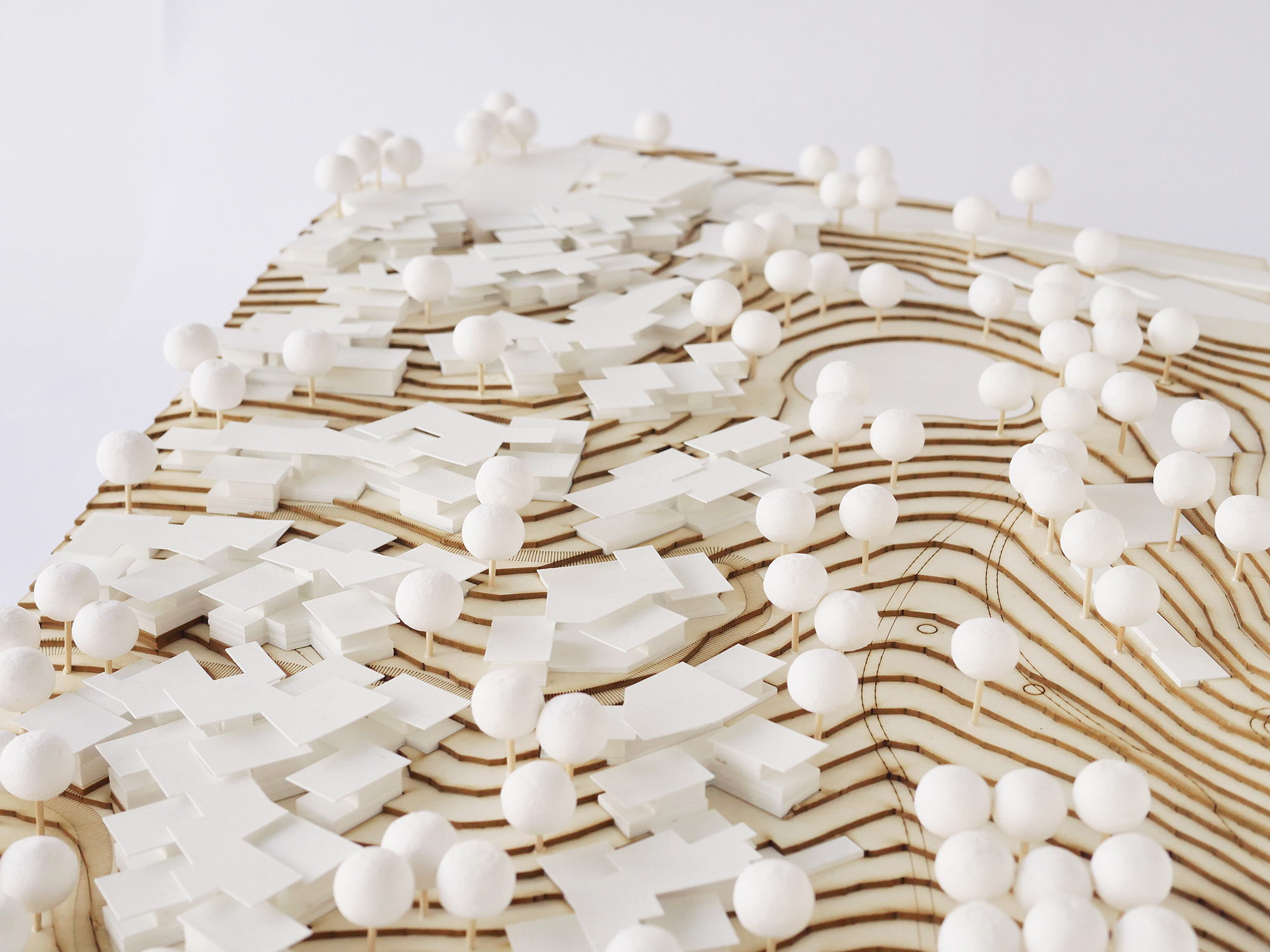A World of Children – Parents don’t come inside, queridos!
What does a school in the 21st century look like at the transition to the knowledge society? In a rural area in Ecuador. At 2600m altitude. On a slope with 56m gradient. Climate-friendly … The school of the 21st century is open and unique at the same time. We do not know today how we will learn tomorrow, everything imaginable should be possible. We want to build regionally reasonable, but with international standards. High tech and low tech, new and old at the same time.

